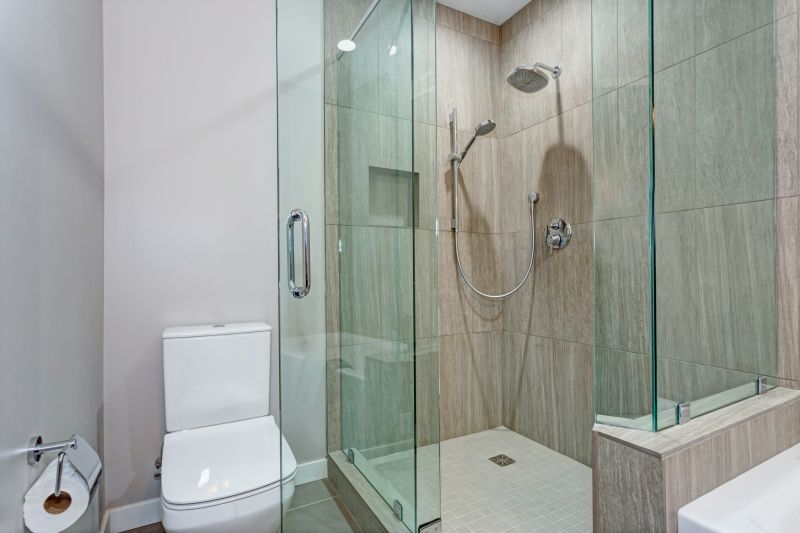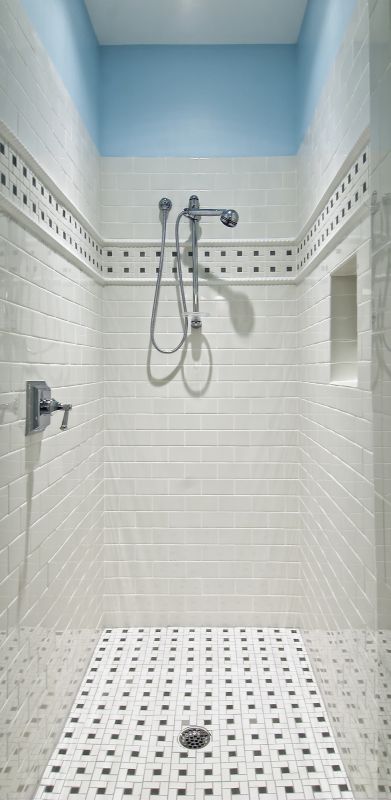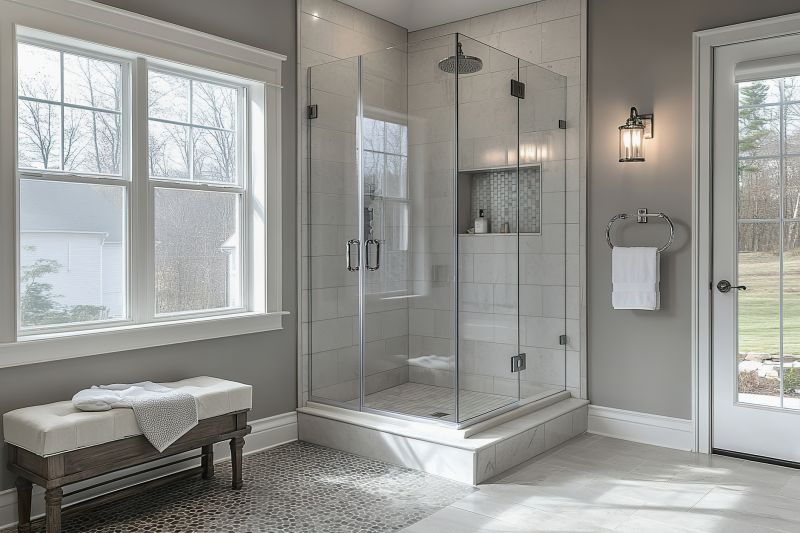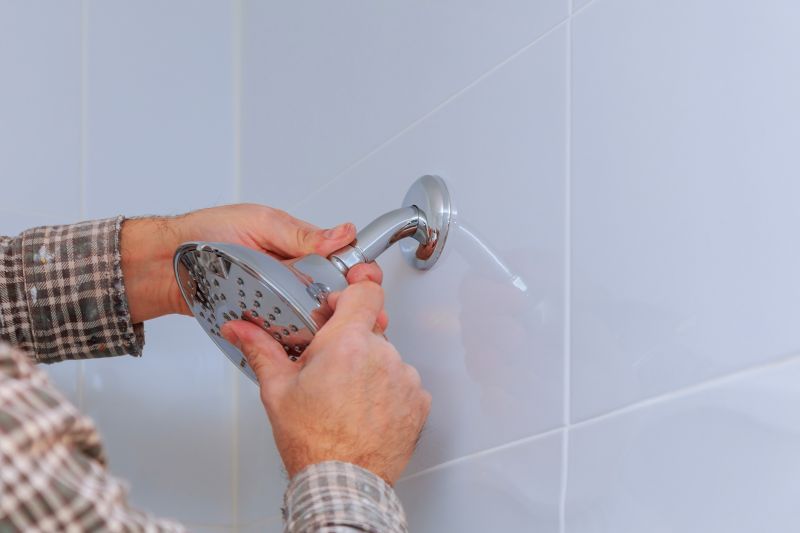Optimal Timing for Shower Installations
Determining the optimal time for shower installations involves considering factors such as home renovation schedules, seasonal weather conditions, and project readiness. Typically, scheduling during milder weather can facilitate smoother installation processes and reduce delays caused by extreme temperatures or weather-related issues.
Spring and early fall are often preferred due to moderate temperatures, which aid in installation and drying times.
Avoid installation during harsh winter or peak summer months to prevent weather-related disruptions.
Ensure plumbing and electrical preparations are complete before scheduling installation to minimize delays.
Coordinate with other renovation activities to avoid overlapping schedules that could extend project duration.

Professional installers working on a bathroom renovation.

Close-up of a shower unit installation process.

Modern bathroom with new shower fixtures.

Completed shower installation with clean finishes.
| Season | Advantages |
|---|---|
| Spring | Moderate weather, good for drying and curing processes. |
| Summer | Longer daylight hours, flexible scheduling. |
| Fall | Ideal temperatures, less home activity. |
| Winter | Potential delays due to cold weather, less availability of contractors. |
| Late Spring/Early Fall | Optimal balance of weather and contractor availability. |
Shower installations are a significant aspect of bathroom upgrades, offering both functional and aesthetic improvements. Proper timing ensures that materials cure correctly and installations are completed efficiently. Accurate planning can prevent delays and ensure the project aligns with other home renovation activities.

Contemporary shower with glass enclosure.

Tools used by professionals during shower setup.

Finished bathroom with updated shower fixtures.

Skilled technician installing shower plumbing.
Interested in scheduling a shower installation? Fill out the contact form to get started.



